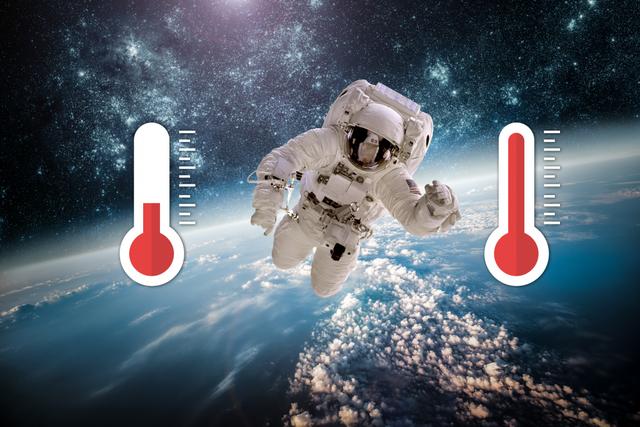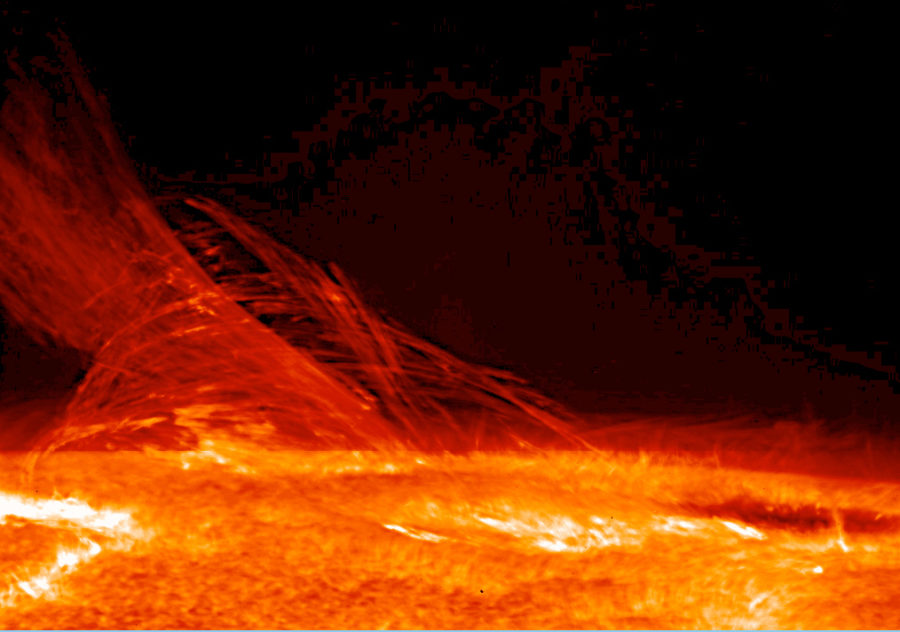Excellent questions.
“We live in a universe of extremes. Unlike our mild habitat here on Earth, our solar system is full of temperature extremes.“
THE FOLLOWING WRITTEN CONTENT BY DONAVYN COFFEY

Why is space so cold if the sun is so hot? Excellent question. Unlike our mild habitat here on Earth, our solar system is full of temperature extremes. The sun is a bolus of gas and fire measuring around 27 million degrees Fahrenheit at its core and 10,000 degrees at its surface. Meanwhile, the cosmic background temperature—the temperature of space once you get far enough away to escape Earth’s balmy atmosphere—hovers at -455 F. How can this be?

Heat travels through the cosmos as radiation, an infrared wave of energy that migrates from hotter objects to cooler ones. The radiation waves excite molecules they come in contact with, causing them to heat up. This is how heat travels from the sun to Earth, but the catch is that radiation only heats molecules and matter that are directly in its path. Everything else stays chilly. Take Mercury: the nighttime temperature of the planet can be 1,000 degrees Fahrenheit lower than the radiation-exposed day-side, according to NASA.
Compare that to Earth, where the air around you stays warm even if you’re in the shade—and even, in some seasons, in the dark of night. That’s because heat travels throughout our beautiful blue planet by three methods instead of just one: conduction, convection, and radiation. When the sun’s radiation hits and warms up molecules in our atmosphere, they pass that extra energy to the molecules around them. Those molecules then bump into and heat up their own neighbors. This heat transfer from molecule to molecule is called conduction, and it’s a chain reaction that warms areas outside of the sun’s path.
Space, however, is a vacuum—meaning it’s basically empty. Gas molecules in space are too few and far apart to regularly collide with one another. So even when the sun heats them with infrared waves, transferring that heat via conduction isn’t possible. Similarly, convection—a form of heat transfer that happens in the presence of gravity—is important in dispersing warmth across the Earth, but doesn’t happen in zero-g space. Read more from P.S.





